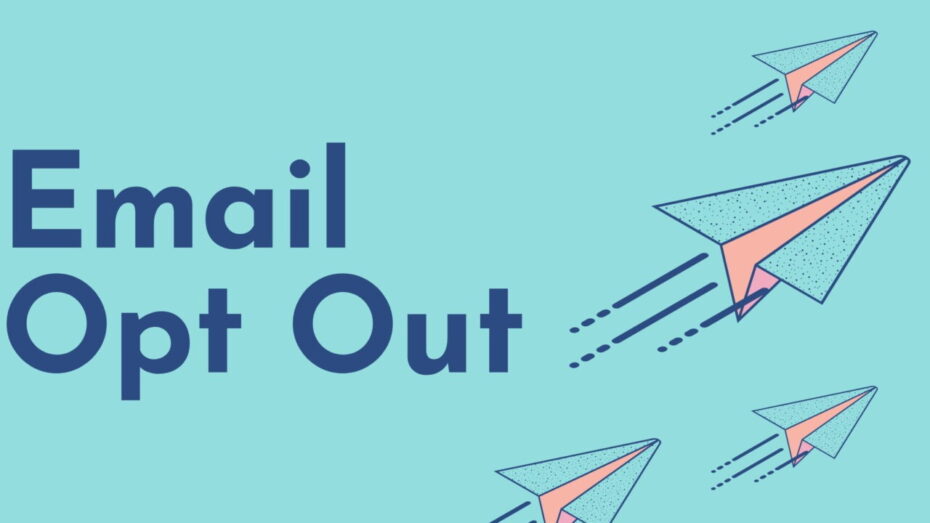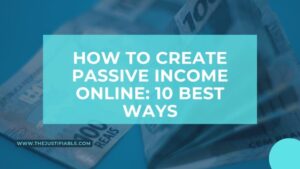Table of Contents
When it comes to managing email subscriptions, having the right strategies and options for opting out is crucial. This guide explores the best email opt out options to help you maintain a clean and respectful email list.
Understanding Email Opt-Out
When it comes to managing email communications, understanding the concept of email opt-out is essential. Email opt-out refers to the process by which subscribers can choose to stop receiving emails from a particular sender. This practice is not only a matter of good customer service but also a legal requirement in many jurisdictions.
Most importantly, implementing a straightforward email opt-out process helps maintain a positive relationship with your audience. By respecting their preferences, you build trust and reduce the risk of your emails being marked as spam. I believe that a clear opt-out option is a cornerstone of effective email marketing.
Email Marketing Recommendations
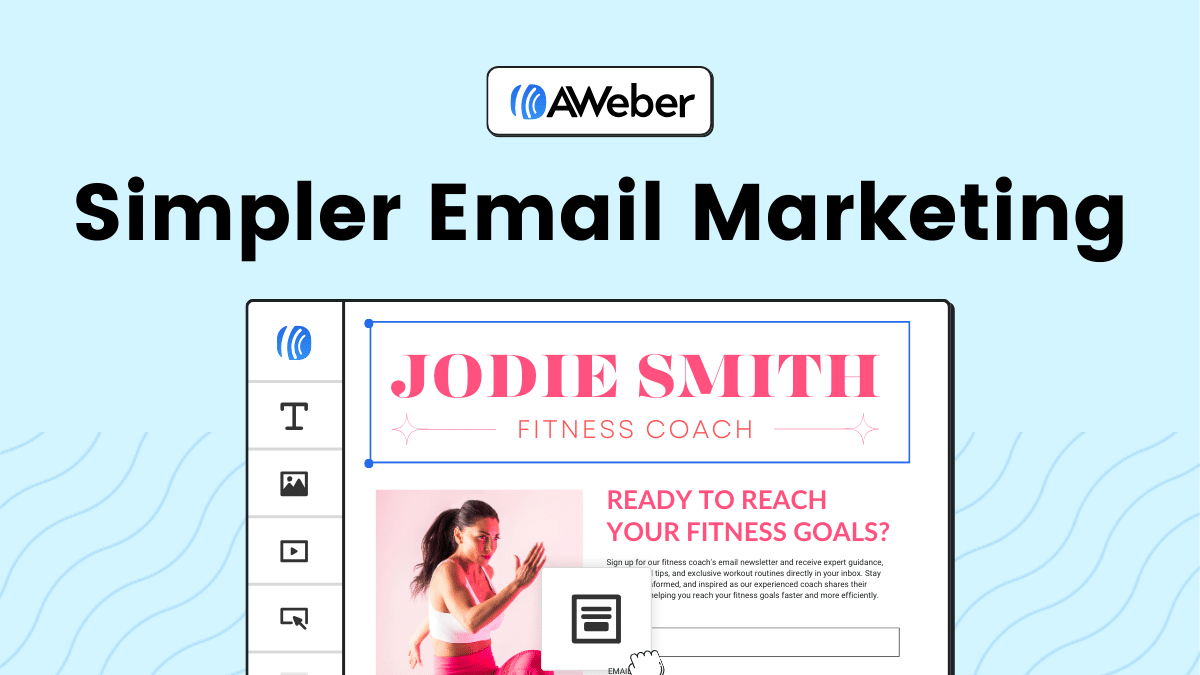 Aweber
| 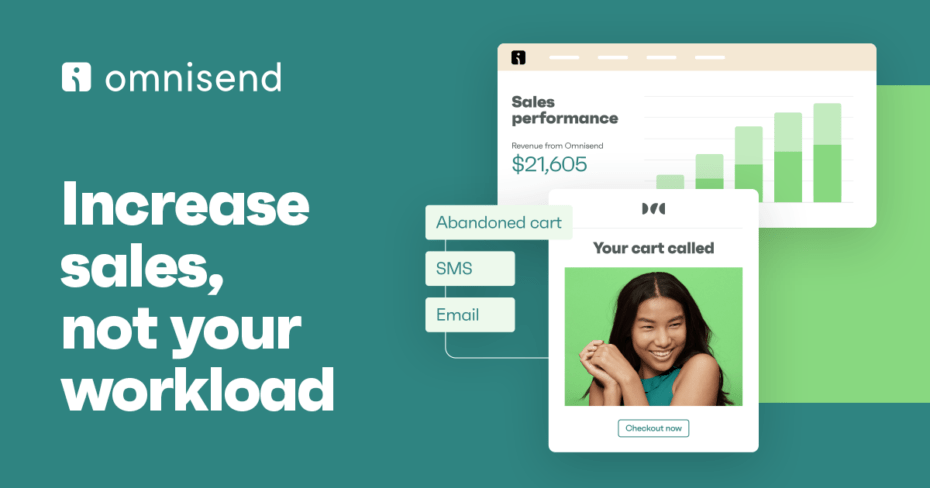 Omnisend
| 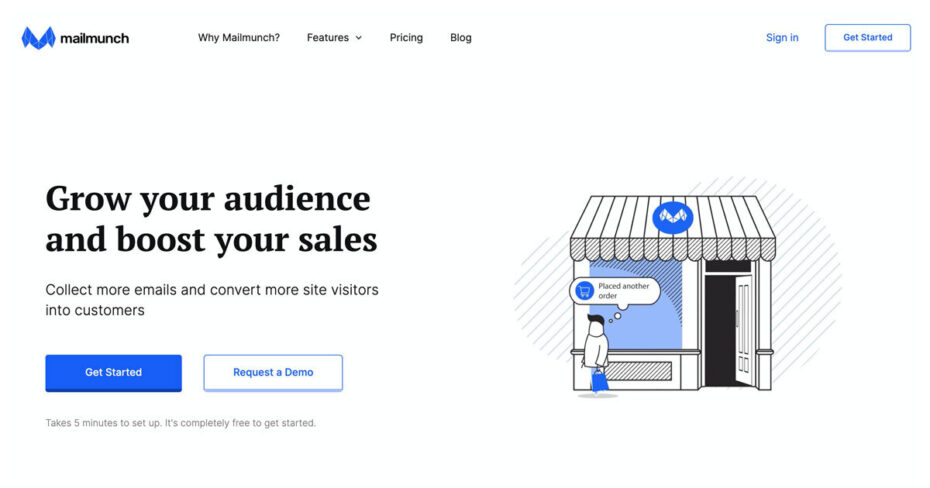 Mailmunch
|
What is Email Opt-Out?
Email opt-out allows subscribers to indicate that they no longer wish to receive emails from you. This is usually done through an unsubscribe link included in the email footer. My recommendation is to make this process as simple and user-friendly as possible to ensure compliance and customer satisfaction.
I suggest including a prominent unsubscribe link in every email you send. According to industry standards, this link should lead to a straightforward opt-out process. Here’s how you can start: upon clicking the link, users should be directed to a confirmation page where they can confirm their decision to unsubscribe.
My advice is to avoid asking for additional information or making the process cumbersome. I think it’s best to respect the subscriber’s choice and make the opt-out process quick and hassle-free. This approach not only complies with regulations but also shows that you value your subscribers’ preferences.
Importance of Offering Email Opt-Out Options
Offering clear email opt-out options is crucial for several reasons. Firstly, it helps you comply with legal requirements such as the CAN-SPAM Act and GDPR. These regulations mandate that all marketing emails must include a clear way for recipients to opt out of future communications.
I believe that respecting your subscribers’ preferences is vital for maintaining a positive brand image. My recommendation is to always prioritize user experience. By making it easy for subscribers to opt out, you demonstrate that you value their choices and are committed to providing a positive experience.
Most importantly, offering an easy opt-out option helps reduce spam complaints. I suggest regularly reviewing and updating your opt-out process to ensure it remains user-friendly and compliant with current laws. According to my experience, this not only protects your reputation but also improves your email deliverability rates.
Legal Requirements for Email Opt-Out
What are the legal requirements for email opt-out? How can you ensure that your email marketing complies with these laws? Understanding and adhering to these regulations is crucial for maintaining a compliant and effective email marketing strategy.
Most importantly, ensuring that your email opt-out process meets legal standards can help you avoid penalties and maintain the trust of your subscribers. My suggestion is to familiarize yourself with the key regulations that govern email marketing, such as the CAN-SPAM Act and GDPR.
Compliance with CAN-SPAM Act
How can you comply with the CAN-SPAM Act? What specific steps should you take to ensure your emails are compliant? The CAN-SPAM Act sets the rules for commercial email and establishes requirements for commercial messages, giving recipients the right to have you stop emailing them.
I believe that one of the most critical aspects of CAN-SPAM compliance is including a clear and conspicuous unsubscribe link in every email. My recommendation is to place this link in a prominent location, usually in the email footer, and to ensure that the opt-out process is simple and straightforward.
According to the CAN-SPAM Act, you must honor opt-out requests promptly. I suggest processing these requests within 10 business days and ensuring that no further emails are sent to individuals who have opted out. My advice is to regularly review your email list and remove or suppress addresses of those who have unsubscribed.
Additionally, the CAN-SPAM Act requires that your emails include accurate “From” and “Subject” lines. My intention is to remind you that misleading information can lead to violations, so always ensure your email content is truthful and transparent.
GDPR and Email Opt-Out
What does GDPR mean for email opt-out? How can you ensure compliance with this regulation? The General Data Protection Regulation (GDPR) is a comprehensive data protection law that affects how businesses handle personal data, including email communications.
Most importantly, GDPR emphasizes the need for explicit consent from individuals before sending them marketing emails. My advice is to obtain clear and affirmative consent from your subscribers, ensuring they understand what they are signing up for.
I recommend providing detailed information about how their data will be used and offering an easy way to withdraw consent at any time. According to GDPR, the opt-out process should be as easy as the opt-in process. My suggestion is to include a straightforward unsubscribe link in every email and to process opt-out requests promptly.
GDPR also requires you to maintain records of consent. I would say that keeping accurate records of when and how consent was obtained is essential for demonstrating compliance. My advice is to use an email marketing platform that can help you track and manage consent records effectively.
In conclusion, adhering to GDPR not only ensures compliance but also builds trust with your audience. By respecting their preferences and providing a transparent opt-out process, you can maintain a positive relationship with your subscribers and enhance your email marketing efforts.
Best Practices for Email Opt-Out
How can you ensure your email opt-out process is user-friendly and effective? What steps should you take to provide a seamless experience for your subscribers? Implementing best practices for email opt-out is crucial for maintaining a positive relationship with your audience and ensuring compliance with legal requirements.
Most importantly, making it easy for subscribers to opt out of your emails can help reduce spam complaints and improve your email deliverability. My suggestion is to focus on clarity and simplicity when designing your opt-out process.
Clear and Simple Opt-Out Links
What makes an opt-out link effective? How can you design it to be clear and simple for your subscribers? I believe that a well-designed opt-out link is the first step in providing a smooth email opt-out experience.
My recommendation is to place the opt-out link in a prominent location, such as the footer of your email. According to best practices, this link should be clearly labeled with phrases like “Unsubscribe” or “Manage Your Preferences.” My advice is to avoid using ambiguous terms that might confuse your subscribers.
I suggest ensuring that the opt-out link directs users to a straightforward and easy-to-navigate opt-out page. Here’s how you can start: keep the opt-out form simple, asking for minimal information to confirm the request. I would say that the process should be quick and hassle-free to prevent frustration.
Most importantly, provide subscribers with immediate confirmation that their opt-out request has been received and processed. My intention is to emphasize that transparency during this process builds trust and shows respect for their preferences.
Confirming Opt-Out Requests
Why is it important to confirm opt-out requests? How can you ensure this step is handled correctly? Confirming opt-out requests is a crucial part of the email opt-out process that ensures subscribers’ choices are respected.
I believe that sending a confirmation email after an opt-out request is received can provide reassurance to your subscribers. My recommendation is to include a message that acknowledges their request and confirms that they will no longer receive your emails. This small gesture can significantly enhance the user experience.
According to industry standards, the confirmation message should be clear and concise. I suggest including details about the timeframe within which the opt-out request will be processed, typically within 10 business days. My advice is to reassure subscribers that their request is being handled promptly.
Additionally, providing an option to manage other communication preferences can be beneficial. I think it’s a good idea to offer alternatives, such as receiving fewer emails or choosing specific types of content. This way, subscribers who might still be interested in some of your emails can adjust their preferences without opting out entirely.
Providing Alternative Communication Preferences
How can offering alternative communication preferences benefit your email marketing strategy? What options can you provide to keep your audience engaged without overwhelming them? Providing alternative communication preferences is a crucial part of an effective email opt-out strategy.
Most importantly, giving subscribers the ability to choose their communication preferences can significantly reduce opt-out rates. My suggestion is to offer a variety of options that cater to different interests and frequencies, allowing your audience to customize their experience.
I believe that one effective way to implement this is by offering a preference center. My recommendation is to create a user-friendly preference center where subscribers can select the types of emails they wish to receive. According to best practices, this could include options such as newsletters, promotional emails, or updates about specific products or services.
Another suggestion is to allow subscribers to choose the frequency of emails. I think offering options like daily, weekly, or monthly emails can help reduce email fatigue and keep your audience engaged. My advice is to clearly communicate the benefits of each option, helping subscribers make informed choices.
Additionally, segmenting your email list based on subscriber preferences can improve the relevance of your emails. I suggest using this data to tailor your content to different segments, ensuring that each subscriber receives information that is most relevant to them. This approach not only enhances user experience but also boosts engagement and conversion rates.
Tools for Managing Email Opt-Out
Did you know that over 50% of consumers say they will unsubscribe from emails that don’t interest them? Managing email opt-outs effectively is crucial for maintaining a healthy email list and keeping your audience engaged. The right tools can streamline this process, ensuring compliance and enhancing user experience.
Most importantly, using specialized tools for managing email opt-outs can save time and reduce errors. My suggestion is to integrate these tools into your email marketing strategy to handle opt-outs efficiently and professionally.
Email Marketing Platforms with Opt-Out Features
What are the best email marketing platforms that offer opt-out features? How can they help you manage unsubscribes more effectively? Email marketing platforms with built-in opt-out features are designed to make the process seamless and compliant with legal requirements.
I believe that platforms like Mailchimp, Constant Contact, Getresponse and are excellent choices for managing email opt-outs. My recommendation is to choose a platform that offers customizable opt-out forms and automated handling of unsubscribe requests. According to industry standards, these platforms ensure that opt-out requests are processed promptly and accurately.
My suggestion is to leverage the reporting features of these platforms to monitor your opt-out rates and identify patterns. This data can provide valuable insights into how your audience is responding to your emails and help you make necessary adjustments to your strategy. I would say that regularly reviewing these reports can improve your email marketing effectiveness.
Additionally, these platforms often provide additional features such as segmentation and personalization, which can help reduce opt-out rates by sending more relevant content to your subscribers. I think using these features strategically can enhance the overall user experience and keep your audience engaged.
Automation Tools for Opt-Out Management
How can automation tools streamline your opt-out management process? What benefits do they offer? Automation tools for opt-out management can significantly reduce the manual effort required to handle unsubscribe requests and ensure compliance with regulations.
I recommend using automation tools like HubSpot, ActiveCampaign, or Drip, which offer advanced automation workflows for managing opt-outs. My advice is to set up automated processes that handle opt-out requests immediately, sending confirmation emails to subscribers and updating your email list in real-time.
According to my experience, these tools can also help you manage preferences and provide alternative communication options. I suggest creating automated workflows that offer subscribers the choice to reduce email frequency or select specific types of content, rather than opting out entirely.
Most importantly, using automation tools can help you maintain a clean and compliant email list. My intention is to emphasize that automating your opt-out process reduces the risk of errors and ensures that all requests are handled promptly. This approach not only saves time but also builds trust with your audience.
Enhancing User Experience with Email Opt-Out
Did you know that a positive opt-out experience can actually improve your brand’s reputation? When subscribers decide to opt out, it’s an opportunity to leave a lasting impression. Enhancing the user experience during the email opt-out process is crucial for maintaining goodwill and potentially retaining engagement in other forms.
Most importantly, providing a seamless and respectful opt-out experience shows that you value your subscribers’ preferences. My suggestion is to focus on personalization and feedback options to make the process as pleasant and informative as possible.
Personalizing Opt-Out Pages
How can you personalize opt-out pages to enhance the user experience? What elements should you include to make these pages more engaging? Personalizing opt-out pages can make the process feel more considerate and tailored to individual subscribers.
I believe that addressing subscribers by their names and acknowledging their relationship with your brand is a great start. My recommendation is to use dynamic content that reflects the subscriber’s history and preferences. According to best practices, this can make the interaction feel more personal and less transactional.
Most importantly, offer alternative communication preferences on the opt-out page. I suggest providing options for reduced email frequency or selecting specific types of content that might still interest them. This way, you might retain their interest in a more targeted manner without them fully opting out.
Additionally, keep the design of the opt-out page consistent with your brand. I would say that a well-designed, visually appealing page can leave a positive impression, even as subscribers choose to reduce their email communications. My advice is to ensure that the page is user-friendly and mobile-responsive to cater to all users.
Offering Feedback Options During Opt-Out
Why is it important to offer feedback options during the opt-out process? How can gathering feedback improve your email strategy? Offering feedback options can provide valuable insights into why subscribers are opting out and help you improve your email marketing efforts.
I recommend including a short survey or a few quick questions on the opt-out page. My advice is to keep it simple and optional, asking for the main reasons for unsubscribing. This feedback can reveal trends and issues that might not be apparent from analytics alone.
According to industry experts, understanding the reasons behind opt-outs can help you adjust your content and frequency to better meet the needs of your audience. I think it’s crucial to analyze this feedback regularly and implement changes based on the insights gained. My suggestion is to look for common themes and address them proactively.
Most importantly, showing that you value subscribers’ opinions can enhance their overall experience, even as they opt out. I suggest thanking them for their feedback and offering them other ways to stay connected, such as following your social media channels or visiting your website for updates.
Common Mistakes to Avoid with Email Opt-Out
“Your most unhappy customers are your greatest source of learning.” – Bill Gates. This quote aptly applies to email opt-out practices. Understanding and avoiding common mistakes in email opt-out processes can help maintain trust and ensure compliance with legal standards.
Most importantly, mishandling email opt-out requests can damage your reputation and lead to legal repercussions. My suggestion is to be proactive in identifying and rectifying common mistakes to enhance user experience and maintain a clean email list.
Hiding Opt-Out Links
What happens when opt-out links are difficult to find? How does this impact your subscribers’ experience? Hiding opt-out links, whether intentionally or unintentionally, can frustrate subscribers and increase the likelihood of your emails being marked as spam.
I believe that transparency is key. My recommendation is to place the opt-out link in a prominent location, such as the email footer, and ensure it is clearly labeled. According to best practices, using terms like “Unsubscribe” or “Manage Your Preferences” helps make the link easy to identify.
Most importantly, avoid using small fonts or colors that blend into the email background. I suggest making the opt-out link visually distinct to ensure that subscribers can find it without any hassle. This approach demonstrates respect for their preferences and enhances your credibility.
Additionally, provide a straightforward opt-out process once the link is clicked. I would say that a complicated or lengthy process can lead to frustration and increase the chances of subscribers marking your emails as spam. My advice is to keep the process simple and user-friendly.
Ignoring Opt-Out Requests
What are the consequences of ignoring opt-out requests? How can you ensure compliance with these requests? Ignoring opt-out requests can lead to serious legal and reputational consequences. It is crucial to handle these requests promptly and accurately.
I recommend setting up automated systems to process opt-out requests immediately. My advice is to ensure that these systems are reliable and that no further emails are sent to those who have unsubscribed. According to the CAN-SPAM Act and GDPR, you must honor opt-out requests within a specific timeframe, typically within 10 business days.
Most importantly, confirm to the subscriber that their opt-out request has been received and processed. I think sending a confirmation email can provide reassurance and demonstrate that you respect their decision. My intention is to build trust and show that you value their preferences.
Additionally, regularly audit your email list to ensure that opt-out requests are being honored correctly. I suggest conducting periodic checks to identify and rectify any issues with your opt-out process. This proactive approach can help you maintain compliance and avoid potential legal issues.
In conclusion, avoiding common mistakes with email opt-out practices is essential for maintaining a positive relationship with your subscribers. My recommendation is to prioritize transparency and compliance, ensuring that your opt-out process is straightforward and efficient. This strategy not only enhances user experience but also protects your brand’s reputation.
Monitoring and Analyzing Opt-Out Rates
Monitoring your email opt out rates is like checking the pulse of your email marketing health. Just as doctors use vital signs to assess a patient’s condition, marketers can use opt-out rates to gauge the effectiveness of their campaigns and overall subscriber satisfaction.
Most importantly, understanding why subscribers opt out and how often it happens can provide valuable insights into improving your email marketing strategy. My recommendation is to regularly analyze these rates to identify trends and areas for improvement.
Using Analytics to Improve Opt-Out Processes
How can analytics enhance your email opt out processes? What metrics should you focus on? Using analytics allows you to dive deep into the data, revealing patterns and insights that can help optimize your opt-out process.
I believe that tracking metrics such as opt-out rates, click-through rates, and open rates is essential. My recommendation is to use email marketing platforms that offer robust analytics features to monitor these metrics effectively. According to industry experts, integrating analytics with your email strategy can significantly improve your campaigns.
Most importantly, compare the opt-out rates across different email campaigns to identify which ones are causing higher opt-out rates. I suggest looking at factors such as email content, frequency, and subject lines to understand what might be prompting subscribers to leave.
Additionally, use A/B testing to refine your email campaigns. I would say that experimenting with different elements, such as call-to-action buttons or email designs, can help you find the most effective combinations. My advice is to continuously test and adjust your approach based on the analytics data.
Identifying Patterns in Opt-Out Reasons
What can you learn from the reasons subscribers give for opting out? How can this information shape your email strategy? Identifying patterns in opt-out reasons can provide deep insights into subscriber preferences and pain points.
I recommend collecting feedback from subscribers who opt out. My advice is to include a brief survey or feedback form during the opt-out process. This can help you gather direct insights into why they are choosing to leave. According to research, understanding these reasons can help you address the root causes of dissatisfaction.
Most importantly, analyze the feedback to identify common themes. I think it’s crucial to look for patterns in the reasons subscribers provide, such as too many emails, irrelevant content, or privacy concerns. My intention is to use this information to make informed adjustments to your email strategy.
Additionally, segment your email list based on the feedback received. I suggest creating tailored content for different segments, addressing their specific preferences and concerns. This approach can help reduce opt-out rates and increase overall engagement.
Providing a seamless and respectful email opt out experience is essential for maintaining trust and compliance. Implementing these best practices will help you manage your email list effectively while keeping your audience engaged.


